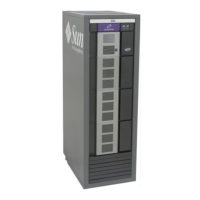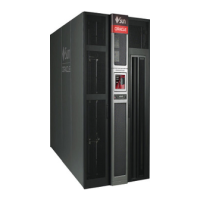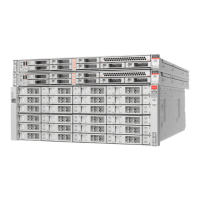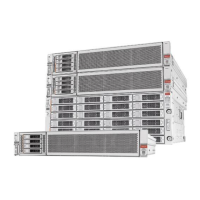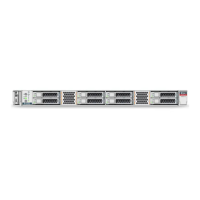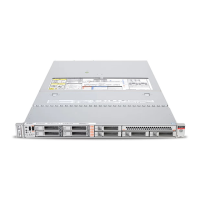August 2016 Glossary 297
P
Parallel Transmission
The transmission of bits over multiple fibers, either copper or glass, all at one time,
and accomplished by dedicating each fiber to transmitting one bit at a time. This high
speed transmission method is good for short distances only. Contrast with serial
transmission.
Payload
The portion of the data field in a frame, not part of the optional header data, that
contains the substantive information being transmitted between ports in FC.
PDISC
See Discover N_Port Parameters (PDISC).
PLDA
See Private Loop Direct Attach.
PLOGI
See N_Port Login (PLOGI).
Point-to-Point
A topology in which exactly two ports communicate. In FC, the two ports are
N_Ports.
Port
A specific end-point for communications within a host, or from a host to a peripheral
device or vice versa. In FC, it is an access point in a device where a link attaches.
Examples of this port are N_Port, NL_Port, F_Port, and FL_Port.
Port Addressing
In FC, Port Addressing is used for login validation, and includes the Port Name,
Node Name, and N_Port ID.
Port Name
A 64-bit word consisting of the port number, Company ID, Tape Drive Number, and
zeros.
Primitive Sequence
A special type of ordered set transmission word sent repeatedly by a port until a
proper response is received. The primitive sequence signals specific conditions such
as online to offline, or link reset. See Ordered Set.
Primitive Signals
A type of ordered set that is transmitted by a port, outside the confines of a frame
transmission, to do a specific function not associated with transmitting data per se.
Examples are Idle and Receiver Ready (R_RDY). A receiving port recognizes a
primitive signal when it is received as a single entity, not grouped with other signals.
Priority Based Flow Control
Enables separated traffic classes on a single fabric by enabling an Annex 31B pause
"like" mechanism for each traffic class flow.
Private Loop
An Arbitrated Loop that does not contain a participating FL_Port but does contain
two or more NL_Ports.
